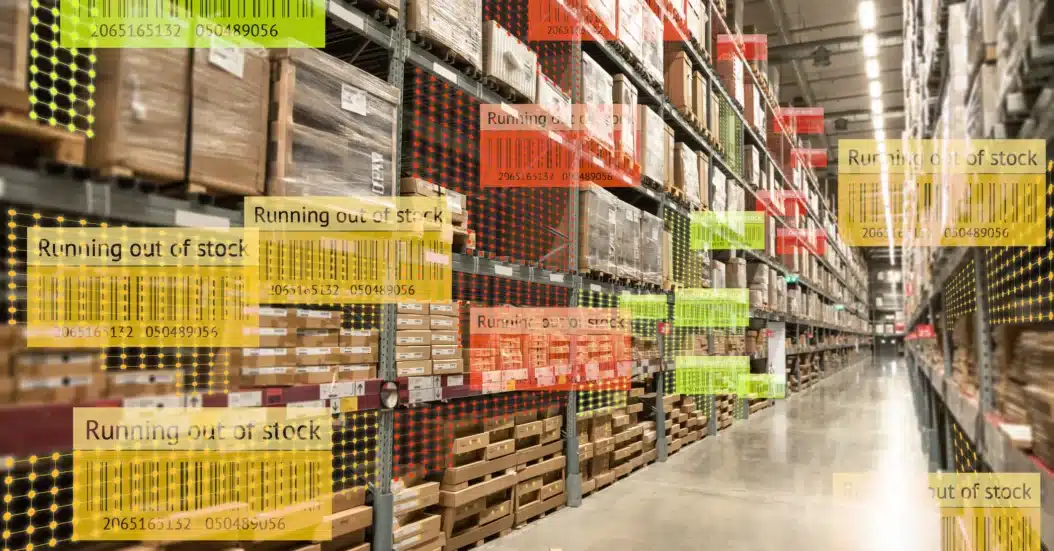As a retailer, managing your inventory is crucial to the success of your business. A well-planned inventory can help you avoid stock shortages, reduce overstocking, and ultimately increase profits. However, over the last three years, retailers have been challenged with two common inventory shocks: out-of-stock (OOS) and overstock. These shocks can be costly and impact the ordering and inventory planning process. In this blog, we’ll dive into what causes these inventory shocks, their effects on your business, and how you can make smarter inventory decisions to avoid them.
Out-of-Stock (OOS) Shocks
Out-of-stock shocks occur when a retailer runs out of a product that customers are looking to purchase. This can be a result of several factors such as unexpected demand spikes, inaccurate sales forecasting, or supply chain disruptions. Regardless of the cause, OOS shocks can be detrimental to your business as they lead to lost sales and disappointed customers.
The impact of OOS shocks on customer satisfaction can be significant. Research shows that customers who experience an OOS shock are less likely to return to that store in the future. This not only leads to lost sales but also erodes the trust and loyalty that customers have in your brand.
Overstock Shocks
Overstock shocks occur when a retailer has too much inventory for a particular product. This can be a result of several factors such as over-optimistic sales forecasting, excessive discounts, or slow-moving products. Overstocking can be just as damaging to your business as OOS shocks as it ties up valuable capital, takes up valuable storage space and fees, and can result in markdowns or clearance sales that eat into your profits.
Impact on Ordering and Inventory Planning
Both out-of-stock and overstock shocks can impact your ordering and inventory planning process. In the case of OOS shocks, you may find yourself scrambling to restock products quickly, which can result in rushed orders, increased shipping costs, and a lack of time to research and compare suppliers. On the other hand, overstock shocks may lead to minimal ordering, as you try to avoid further overstocking. This can result in a lack of trust from suppliers and inventory when customer demand picks up, causing OOS shocks.
Making Smarter Inventory Decisions
To avoid these inventory shocks, it’s crucial to make smarter inventory decisions. Here are some strategies you can use:
Accurate Sales Forecasting
Accurate sales forecasting is key to avoiding both OOS and overstock shocks. By forecasting sales accurately, you can ensure that you have the right amount of inventory on hand to meet customer demand. You can use a combination of historical sales data, seasonality, market trends, and other relevant factors to forecast sales. Consider using software or tools to automate the sales forecasting process, as they can provide more accurate results.
Safety Stock
Safety stock is a buffer of extra inventory that you keep on hand to help mitigate the risk of OOS shocks. By keeping safety stock, you can ensure that you have enough inventory to meet unexpected demand spikes. You can calculate your safety stock using a formula that takes into account your lead time, demand variability, and desired service level.
Collaborative Planning
Collaborative planning is the process of working with your suppliers to ensure that your inventory levels are in line with their production schedules. This can help you avoid OOS shocks by ensuring that your suppliers have the inventory they need to meet your demand. Collaborative planning also helps you avoid overstock shocks by reducing the amount of inventory that you need to keep on hand. By collaborating with your suppliers, you can ensure that you have the right amount of inventory at the right time, reducing the risk of both OOS and overstock shocks.
Data Analytics
Data analytics play a crucial role in helping retailers prevent OOS and overstock shocks. By analyzing sales data, you can identify trends and patterns in consumer behavior, allowing you to make more informed decisions about your inventory levels. This includes analyzing sales data from multiple channels, such as brick-and-mortar stores, e-commerce platforms, and other sales channels.
Data analytics can also help you track and monitor inventory levels in real-time, allowing you to respond quickly to changes in consumer demand. This can help you avoid OOS shocks by ensuring that you have the right amount of inventory on hand at all times. Additionally, data analytics can help you identify slow-moving products and overstocked items, allowing you to take action to reduce overstock shocks, such as discounting or bundling.
Conclusion
Both out-of-stock and overstock shocks can have a significant impact on your business, affecting your ordering and inventory planning process, and eroding customer satisfaction. However, by using strategies such as accurate sales forecasting, safety stock, collaborative planning, and data analytics, you can make smarter inventory decisions and avoid these inventory shocks. By avoiding these shocks, you can increase profits, improve customer satisfaction, and build a more successful and sustainable business.
